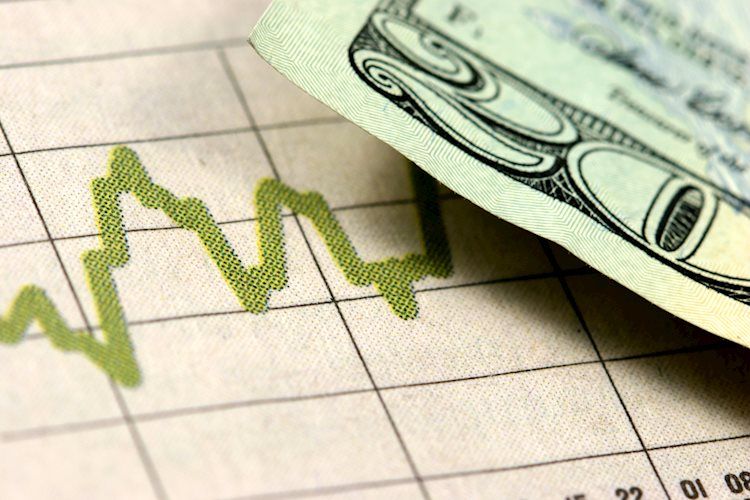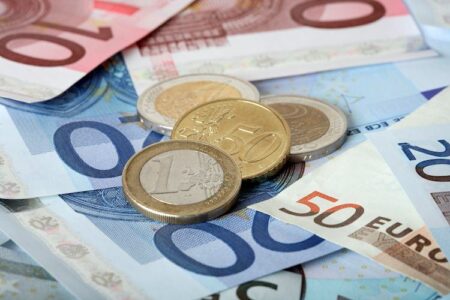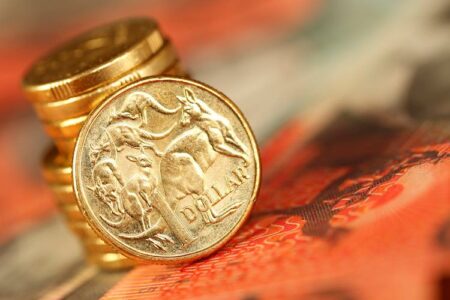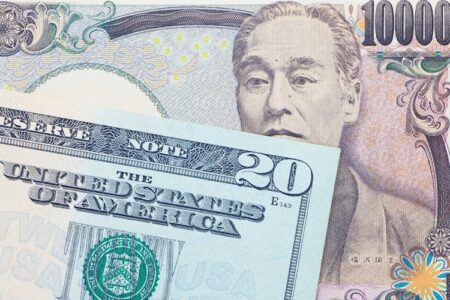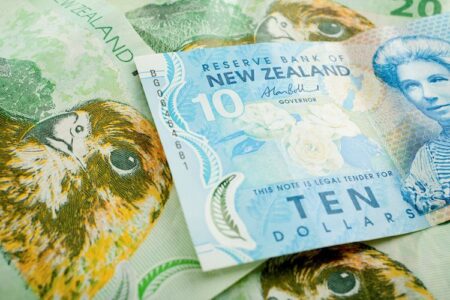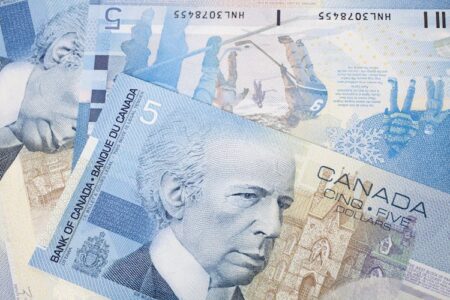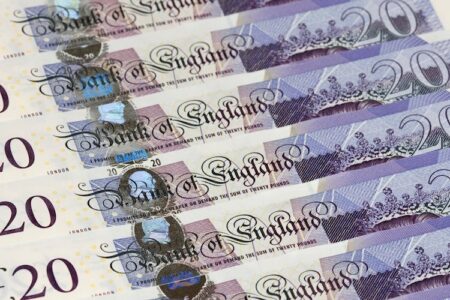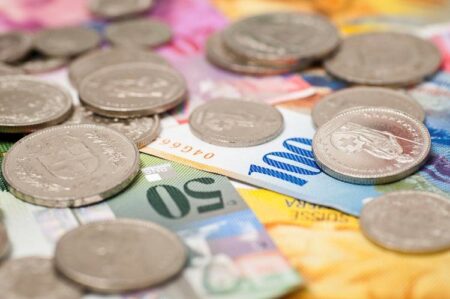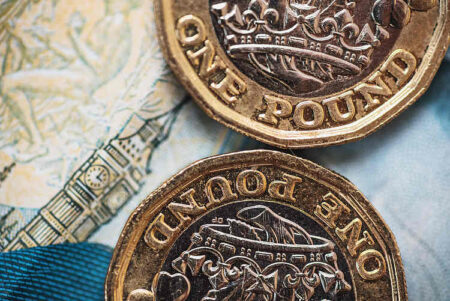- DXY trades near 107.90 on Friday on a tight range.
- Trading desks remain short-staffed contributing to a muted trading.
- Holiday momentum keeps Dollar elevated as 2025 comes to an end.
The US Dollar Index, which measures the value of the USD against a basket of currencies, is trading within a very tight range on Friday, holding near 108.00 mark. Markets remain cautious, and thin year-end trading conditions limit volatility. Incoming data from Japan and China hinted at further industrial slowdown, but the Greenback’s buoyancy persists. Despite profit-taking after last week’s gains, the US Dollar continues its climb as traders return from Christmas holidays.
Daily digest market movers: US Dollar eyes robust growth outlook
- Government shutdown risks rise after House Republicans failed to pass a funding deal. Historically, short shutdowns have limited economic fallout, and Treasury has room to maneuver before any default risk escalates.
- Longer-term yields keep climbing. The 10-year Treasury yield hovers near 4.60%, and the 30-year stands at 4.77%, both testing highs not seen since May.
- The US Dollar stands on track for a near 7% annual gain as traders anticipate robust US growth and limited rate cuts in 2025, as Fed Chair Jerome Powell signals caution on further easing.
- Chinese stimulus measures and deposit rate cuts have supported local markets, but the Dollar shrugs off these developments, remaining broadly bid into year-end.
DXY technical outlook: Indicators hold upward traction
The Dollar Index maintains its bullish momentum, with indicators pointing higher and nearing overbought levels. Despite thin trading liquidity, the DXY keeps inching upward near 108.00, reflecting continued buying interest. As long as the index remains above 106.00, the technical picture stays positive.
US Dollar FAQs
The US Dollar (USD) is the official currency of the United States of America, and the ‘de facto’ currency of a significant number of other countries where it is found in circulation alongside local notes. It is the most heavily traded currency in the world, accounting for over 88% of all global foreign exchange turnover, or an average of $6.6 trillion in transactions per day, according to data from 2022. Following the second world war, the USD took over from the British Pound as the world’s reserve currency. For most of its history, the US Dollar was backed by Gold, until the Bretton Woods Agreement in 1971 when the Gold Standard went away.
The most important single factor impacting on the value of the US Dollar is monetary policy, which is shaped by the Federal Reserve (Fed). The Fed has two mandates: to achieve price stability (control inflation) and foster full employment. Its primary tool to achieve these two goals is by adjusting interest rates. When prices are rising too quickly and inflation is above the Fed’s 2% target, the Fed will raise rates, which helps the USD value. When inflation falls below 2% or the Unemployment Rate is too high, the Fed may lower interest rates, which weighs on the Greenback.
In extreme situations, the Federal Reserve can also print more Dollars and enact quantitative easing (QE). QE is the process by which the Fed substantially increases the flow of credit in a stuck financial system. It is a non-standard policy measure used when credit has dried up because banks will not lend to each other (out of the fear of counterparty default). It is a last resort when simply lowering interest rates is unlikely to achieve the necessary result. It was the Fed’s weapon of choice to combat the credit crunch that occurred during the Great Financial Crisis in 2008. It involves the Fed printing more Dollars and using them to buy US government bonds predominantly from financial institutions. QE usually leads to a weaker US Dollar.
Quantitative tightening (QT) is the reverse process whereby the Federal Reserve stops buying bonds from financial institutions and does not reinvest the principal from the bonds it holds maturing in new purchases. It is usually positive for the US Dollar.
Read the full article here







